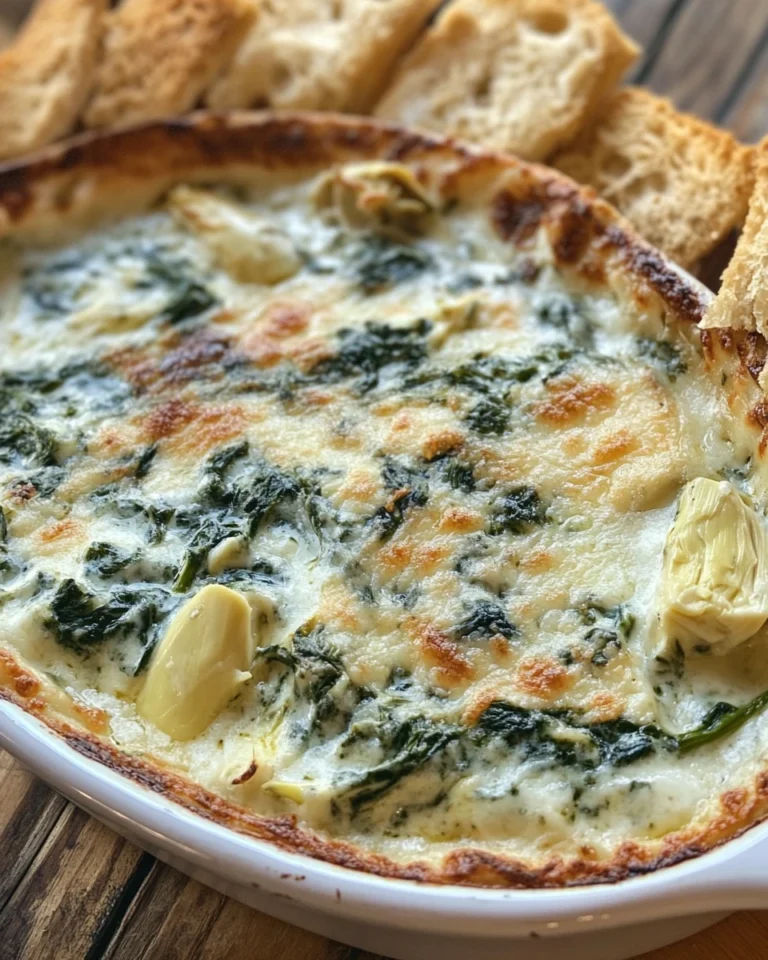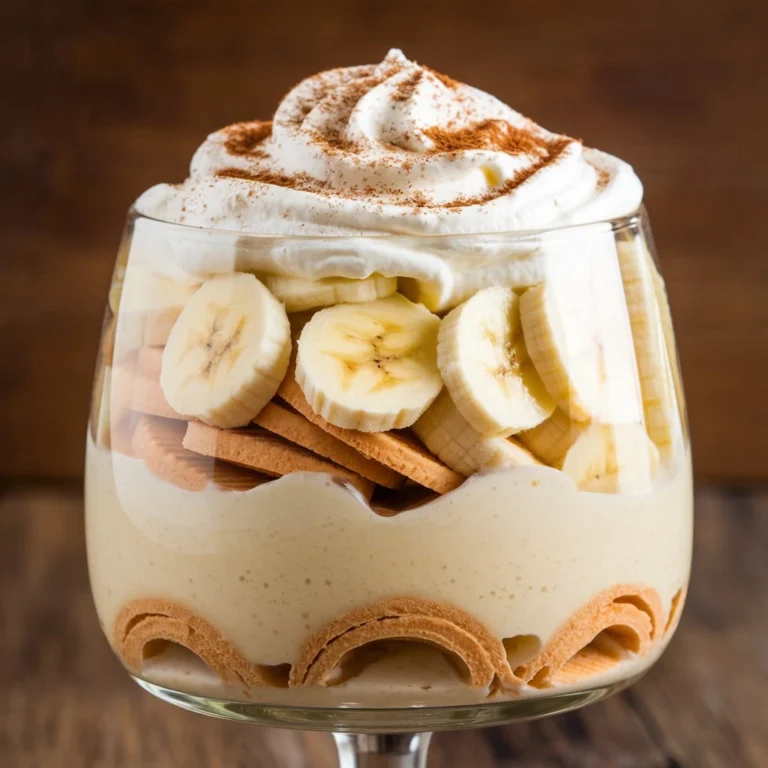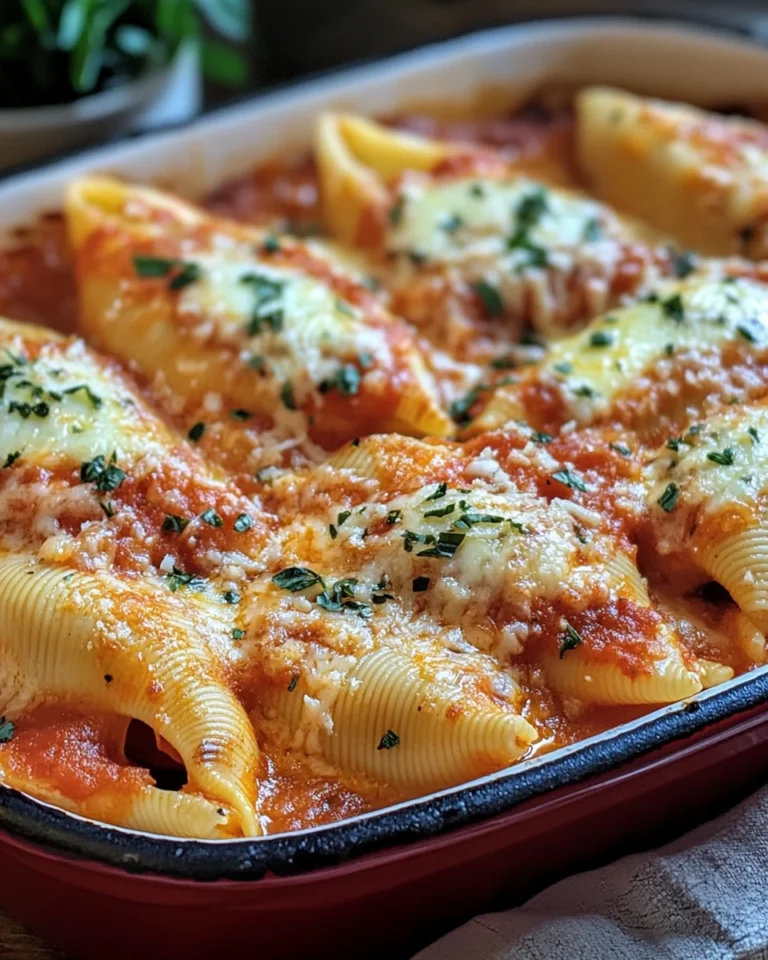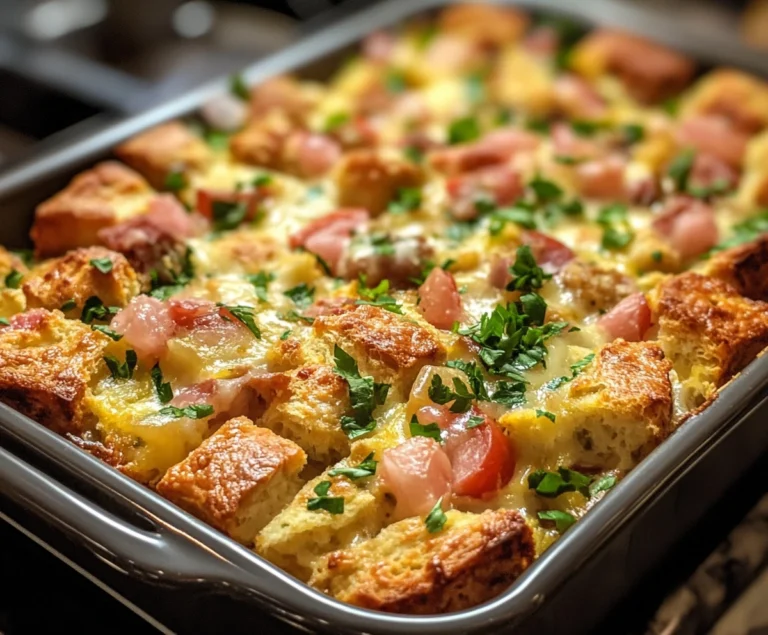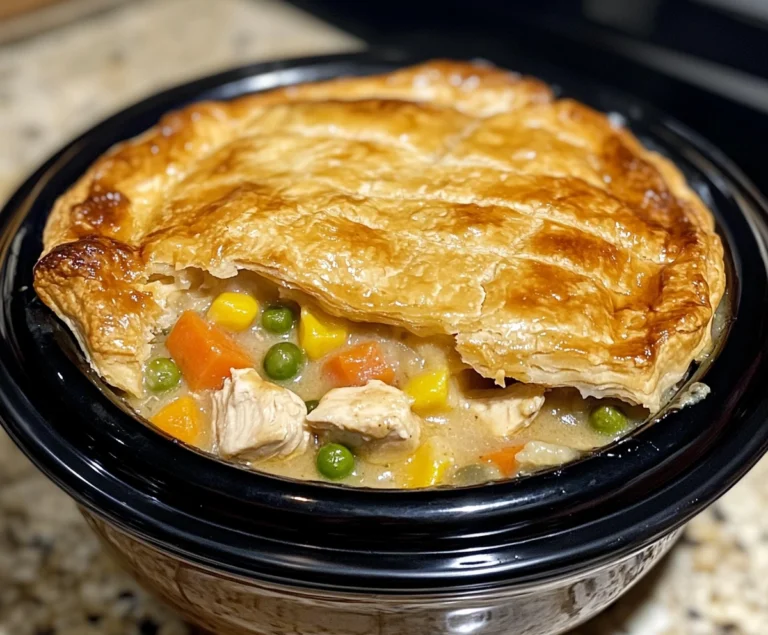How Do I Thicken My Chicken Pie Filling?
Chicken pie is a beloved dish known for its crispy crust and warm, comforting filling. However, getting the filling to the right consistency can be a challenge. A watery filling can ruin the entire pie by making the crust soggy and diluting the rich flavors that you’ve worked so hard to create. So, how do you thicken your chicken pie filling to achieve the perfect texture? In this comprehensive guide, we’ll explore various methods, ingredients, and techniques to ensure your chicken pie filling is deliciously thick, creamy, and perfectly balanced.
Why Is It Important to Have a Thick Chicken Pie Filling?
The consistency of your chicken pie filling is one of the key factors that can make or break the dish. A thick, creamy filling holds the pie together, ensuring that each bite offers a perfect balance between the flaky crust and the hearty filling. Without this balance, you risk the pie falling apart when it’s sliced or the crust becoming too soggy.
Here are a few reasons why getting the consistency right is essential:
- Texture: A properly thickened filling provides a creamy, satisfying texture. Each bite should have a velvety consistency without being too watery or gluey.
- Flavor: When the filling is too thin, the flavors can become diluted. A thick filling concentrates the flavors of the ingredients, allowing them to shine.
- Structure: A thicker filling helps maintain the structure of the pie, ensuring it holds together when served.
- Avoiding Sogginess: Watery fillings can seep into the crust, leading to a soggy, undercooked base, which detracts from the overall appeal of the pie.
If you’ve ever struggled with a runny chicken pie, you’re not alone. Many factors can affect the consistency, including the type of thickening agent you use, how you prepare the filling, and how you bake the pie. In this article, we’ll dive deep into all these factors to help you achieve the perfect thickened filling.
Common Ingredients That Affect Chicken Pie Filling Consistency
Before diving into the thickening methods, it’s essential to understand how the ingredients you use in your chicken pie filling can impact its consistency. The combination of chicken, vegetables, and liquid creates the base of the filling, but the ratios and types of these ingredients can either add excess moisture or help thicken the mixture.
1. Chicken
- Chicken is the primary protein in most chicken pies, but it can release moisture during cooking. Depending on how the chicken is prepared (boiled, roasted, or poached), the amount of liquid released into the filling can vary.
- Tip: Pre-cook the chicken and drain any excess liquid before adding it to the filling. This helps reduce the overall moisture and allows for better control of the sauce’s consistency.
2. Vegetables
- Vegetables like carrots, peas, onions, and mushrooms are commonly used in chicken pie fillings. While these veggies add flavor and texture, some (like mushrooms and zucchini) can release a significant amount of water when cooked, which can make your filling watery.
- Tip: Pre-cook vegetables, especially those with high water content, and drain any excess liquid. Roasting vegetables can help remove some of the moisture before they’re added to the pie filling.
3. Broth or Stock
- The type and amount of liquid in the filling play a crucial role in its consistency. Using too much liquid can lead to a runny filling, while using too little can make it too thick and dry.
- Tip: When making the sauce, start with a smaller amount of broth or stock and gradually add more as needed. This way, you can better control the final texture.
4. Cream
- Adding cream to the filling can naturally thicken it, but too much can lead to an overly rich and dense filling. Finding the right balance between broth and cream is key to creating a luxurious yet not overly thick filling.
- Tip: Use a combination of broth and cream for a lighter, creamier filling. Cream can also be reduced slightly before adding it to concentrate the flavors and thicken the sauce.
By carefully managing these ingredients, you’ll have better control over the final consistency of your chicken pie filling.
Traditional Thickening Agents for Chicken Pie Filling
There are several classic thickening agents used in chicken pie fillings, with flour and cornstarch being the most popular. These thickening agents are effective at creating a smooth, creamy texture when incorporated properly.
1. Flour
Flour is a common thickening agent used in savory dishes, including chicken pie. It’s often used to create a roux (a mixture of fat and flour), which serves as the base for thickened sauces.
How to Use Flour to Thicken Chicken Pie Filling:
- Roux Method: A roux is made by cooking equal parts of fat (usually butter) and flour over medium heat. The flour is cooked until it turns a light golden color, which eliminates the raw flour taste. Once the roux is ready, you can slowly whisk in your liquid (broth, stock, or milk) to create a smooth, thick sauce.
- Beurre Manié Method: This method involves kneading equal parts of softened butter and flour to form a paste. The paste is then added to the filling in small amounts, which helps thicken it as it simmers.
Pros of Using Flour:
- Adds a rich, creamy texture to the filling.
- Great for making a classic chicken pie filling that holds together well.
Cons:
- Can create a heavier filling if too much is used.
- May take longer to thicken compared to cornstarch.
2. Cornstarch
Cornstarch is another popular thickening agent used in chicken pies. It’s known for its ability to thicken quickly and create a silky, smooth texture without altering the flavor of the filling.
How to Use Cornstarch to Thicken Chicken Pie Filling:
- Cornstarch Slurry: To use cornstarch, mix it with cold water or broth to create a slurry. The slurry is then whisked into the hot filling mixture. As the filling simmers, the cornstarch will activate and thicken the sauce.
Pros of Using Cornstarch:
- Thickens quickly and efficiently.
- Creates a smooth, glossy finish without altering the flavor of the filling.
- Ideal for gluten-free cooking.
Cons:
- If too much cornstarch is used, the filling can become too gelatinous.
- Cornstarch can break down if overcooked or reheated multiple times, leading to a watery filling.
3. Roux vs. Slurry: Which Is Better?
Both flour and cornstarch are effective thickening agents, but each has its pros and cons depending on the texture you’re aiming for:
- Roux (flour-based): This method creates a rich, creamy texture with a more buttery flavor. It’s ideal for classic chicken pie fillings where you want a deep, savory taste.
- Cornstarch Slurry: A cornstarch slurry is perfect for those who want a quick, gluten-free thickening solution. It creates a lighter, silkier sauce without adding any noticeable flavor.
The choice between a roux and a slurry depends on your preferences. If you’re looking for a hearty, rich filling, a roux is the way to go. However, if you prefer a lighter, smoother texture, cornstarch may be your best option.
Alternative Methods for Thickening Chicken Pie Filling
In addition to flour and cornstarch, there are several other thickening agents and methods you can use to achieve the perfect consistency in your chicken pie filling. These alternatives can be great if you’re looking for gluten-free options or want to experiment with different textures and flavors.
1. Mashed Potatoes
Mashed potatoes are an excellent alternative thickener that can also add a creamy, velvety texture to your filling. Potatoes are naturally starchy, so they help absorb excess liquid while adding richness to the filling.
How to Use Mashed Potatoes:
- Add a spoonful or two of mashed potatoes to the filling as it simmers. The potatoes will thicken the sauce and blend into the mixture without creating lumps.
- You can also use instant potato flakes for a quicker solution.
Pros:
- Adds creaminess and thickness without adding any flour or cornstarch.
- Gluten-free and perfect for those looking to avoid traditional thickeners.
Cons:
- Can make the filling too heavy if too much is used.
2. Egg Yolks
Egg yolks are a traditional thickening agent that can add richness and thickness to your chicken pie filling. They are often used in custards and sauces, but they can work beautifully in savory dishes like chicken pie as well.
How to Use Egg Yolks:
- Whisk the egg yolks in a separate bowl. Slowly add a bit of the hot filling to the egg yolks, whisking constantly to prevent the eggs from scrambling (this is called tempering).
- Once the yolks have been tempered, gradually whisk them into the filling. The eggs will thicken the sauce as it simmers.
Pros:
- Adds richness and a smooth texture to the filling.
- Ideal for creating a silky, luxurious sauce.
Cons:
- Can be tricky to work with as you need to temper the yolks carefully to avoid curdling.
- May not work well for reheating as the eggs could scramble if overheated.
3. Cheese
Particularly cream cheese, cheddar, or Parmesan, can be a fantastic thickener that adds both flavor and texture to your chicken pie filling. Cheese melts into the sauce, naturally thickening it while enhancing the richness.
How to Use Cheese:
- Add a small amount of cheese (such as cream cheese or grated cheddar) to the sauce as it simmers. The cheese will melt and thicken the filling without the need for additional starch.
Pros:
- Adds a rich, cheesy flavor that complements savory pies.
- Naturally thickens the sauce without the need for extra starch or flour.
Cons:
- Can be overpowering if too much is used, especially in recipes that don’t call for a strong cheese flavor.
4. Arrowroot and Tapioca Starch
For those looking for gluten-free alternatives to cornstarch and flour, arrowroot and tapioca starch are excellent options. Both thicken quickly and create a smooth, glossy sauce without altering the flavor of the filling.
How to Use Arrowroot and Tapioca Starch:
- Mix arrowroot or tapioca starch with cold water to form a slurry, similar to cornstarch. Gradually whisk the slurry into the hot filling until it reaches the desired consistency.
Pros:
- Gluten-free and ideal for those with dietary restrictions.
- Creates a smooth, glossy finish without a starchy aftertaste.
Cons:
- Arrowroot and tapioca can break down if reheated too many times, leading to a watery filling.
Preventing Watery Chicken Pie Fillings
Even with the right thickening agents, it’s important to take certain steps to prevent your chicken pie filling from becoming too watery. Here are some tips to help you manage excess moisture and ensure a perfectly thickened filling:
1. Drain Vegetables and Chicken
As mentioned earlier, vegetables and chicken can release a significant amount of water when cooked. To prevent this from happening in your pie, it’s important to:
- Pre-cook and drain vegetables like mushrooms, zucchini, and spinach before adding them to the filling.
- Drain the chicken after poaching or boiling, or use roasted chicken that has less moisture.
2. Simmer the Sauce to Reduce Liquid
One of the simplest ways to thicken your chicken pie filling is to simmer it on the stovetop before adding it to the pie. Allow the liquid to reduce as it simmers, which concentrates the flavors and thickens the sauce.
- Tip: Start with less liquid than you think you’ll need. It’s easier to add more broth or cream later if the filling is too thick, but reducing excess liquid can take time.
3. Cool the Filling Before Baking
Cooling the filling before adding it to the pie shell allows the thickening agents to set properly and helps the sauce thicken further. If you add hot filling to the pie shell, it can release more moisture as it bakes, leading to a soggy crust.
- Tip: Let the filling cool for 10–15 minutes after thickening it on the stovetop before adding it to the pie shell.
By taking these extra steps, you’ll prevent excess moisture from ruining your pie and ensure the filling has the perfect thick consistency.
How to Thicken Chicken Pie Filling Before Baking
The best way to ensure a thick chicken pie filling is to thicken the sauce before adding it to the pie shell. Here’s how to do it:
1. Make a Roux
A roux is one of the most reliable ways to thicken chicken pie filling. Here’s how to make a roux-based sauce:
- Melt butter in a saucepan over medium heat.
- Add flour and stir continuously for 2–3 minutes to cook off the raw flour taste.
- Slowly whisk in chicken broth or milk, stirring constantly to prevent lumps.
- Continue to whisk the sauce until it thickens and reaches your desired consistency.
2. Add a Cornstarch Slurry
If you’re short on time or prefer a lighter filling, a cornstarch slurry is a quick and easy thickening method:
- Mix cornstarch with cold water to form a slurry.
- Gradually whisk the slurry into the simmering filling, stirring constantly.
- Allow the filling to simmer for a few minutes until it thickens.
3. Simmer to Reduce Liquid
Reducing the liquid in your filling is another effective way to thicken it:
- Allow the filling to simmer on the stovetop for 10–15 minutes before assembling the pie. This helps reduce excess moisture and concentrates the flavors.
By thickening the filling before baking, you’ll ensure a rich, creamy texture that holds its shape.
How to Fix Runny Chicken Pie After Baking
If you’ve already baked your chicken pie and the filling is too runny, don’t worry. There are a few ways to salvage it:
1. Add a Slurry After Baking
One option is to add a thickening slurry directly to the filling after the pie has baked:
- Carefully remove a portion of the filling (or use a small spoon to create space in the pie).
- Prepare a slurry using flour or cornstarch and cold water.
- Gradually stir the slurry into the runny filling, allowing it to thicken.
2. Serve with Thickened Gravy
If the filling is too runny and can’t be fixed within the pie, consider serving it with a thickened gravy:
- Prepare a gravy using chicken broth, flour, or cornstarch to create a sauce that complements the pie.
- Pour the gravy over each slice of pie when serving to compensate for the runny filling.
While it’s not ideal to have to fix a pie after baking, these methods can help salvage a dish that would otherwise be too watery to enjoy.
Frequently Asked Questions (FAQs)
1. How Do I Thicken Chicken Pie Without Cornstarch?
There are several alternatives to cornstarch that work well for thickening chicken pie filling:
- Flour: Create a roux or add a slurry of flour and water.
- Mashed Potatoes: Add mashed potatoes for extra creaminess and thickness.
- Egg Yolks: Temper egg yolks and whisk them into the filling.
- Arrowroot or Tapioca Starch: These gluten-free options work similarly to cornstarch but offer a smoother texture.
2. Can I Use Almond Flour as a Thickener?
Almond flour doesn’t thicken sauces in the same way as traditional flours or starches. It’s better used in baking or as a crust ingredient. For gluten-free thickening, try arrowroot, tapioca starch, or potato starch.
3. Why Did My Chicken Pie Filling Turn Watery After Baking?
A few common reasons for watery filling include:
- Excess moisture from ingredients: Vegetables and chicken can release water as they cook. Pre-cooking and draining them helps reduce this moisture.
- Not enough thickening agents: If you didn’t use enough flour, cornstarch, or other thickening agents, the filling may not set properly.
- Overheating or reheating: If the pie is overcooked or reheated multiple times, the thickening agents can break down, resulting in a runny filling.
4. Can I Use Arrowroot or Tapioca Starch as a Thickener?
Yes! Both arrowroot and tapioca starch are great gluten-free alternatives to cornstarch and flour. They thicken sauces quickly and create a smooth, glossy finish without altering the flavor.
Final Tips for Achieving the Perfect Chicken Pie Filling
To make sure your chicken pie filling comes out just right every time, follow these final tips:
- Gradually add thickening agents to avoid over-thickening or lumps.
- Cook the filling on the stovetop before adding it to the pie shell to reduce excess moisture.
- Let the filling cool before baking to help the thickening agents set and prevent a runny filling.
By understanding the role of ingredients, choosing the right thickening method, and taking steps to prevent excess moisture, you can achieve a delicious, creamy, and perfectly thick chicken pie filling that holds its shape and delivers incredible flavor in every bite.
Now that you know how to thicken your chicken pie filling, it’s time to put these tips into practice and enjoy a pie that’s just as rich and comforting as you imagined. Happy cooking!
Suggested Internal Links:
- If you’re working with ingredients like zucchini or mushrooms that release a lot of moisture, learn more about how to manage high-moisture veggies in this zucchini mushroom recipe guide.
- If your chicken pie uses cream, discover how to incorporate it effectively in savory dishes with this guide to using heavy cream in baking and cooking.
- Curious about making your pie filling cheesier? Check out this guide on different cheese recipes.


